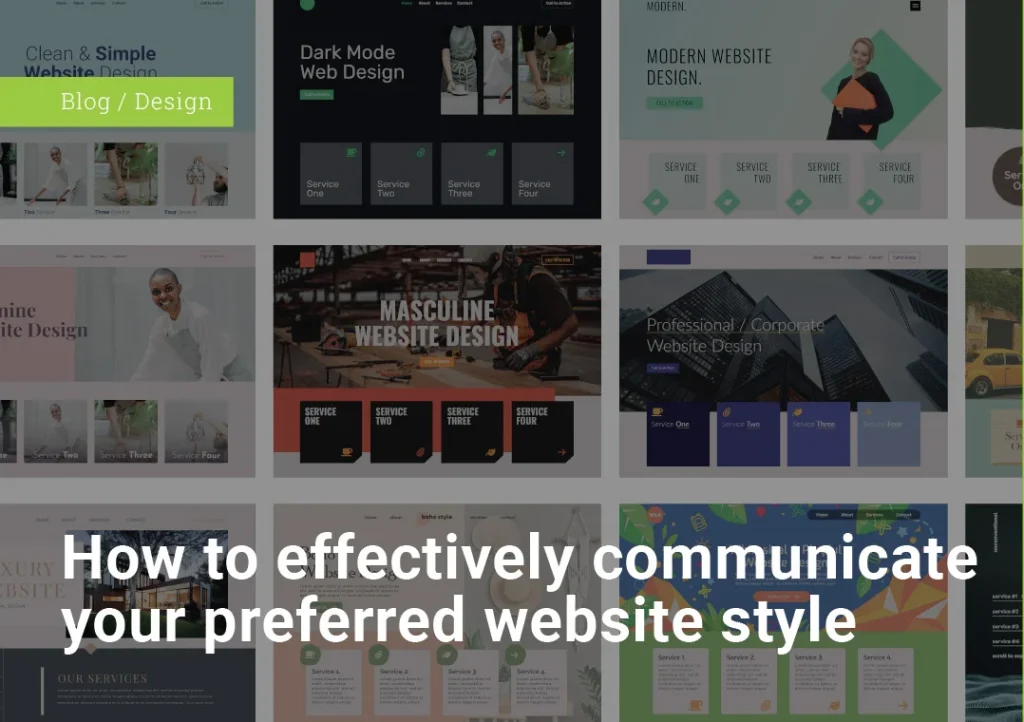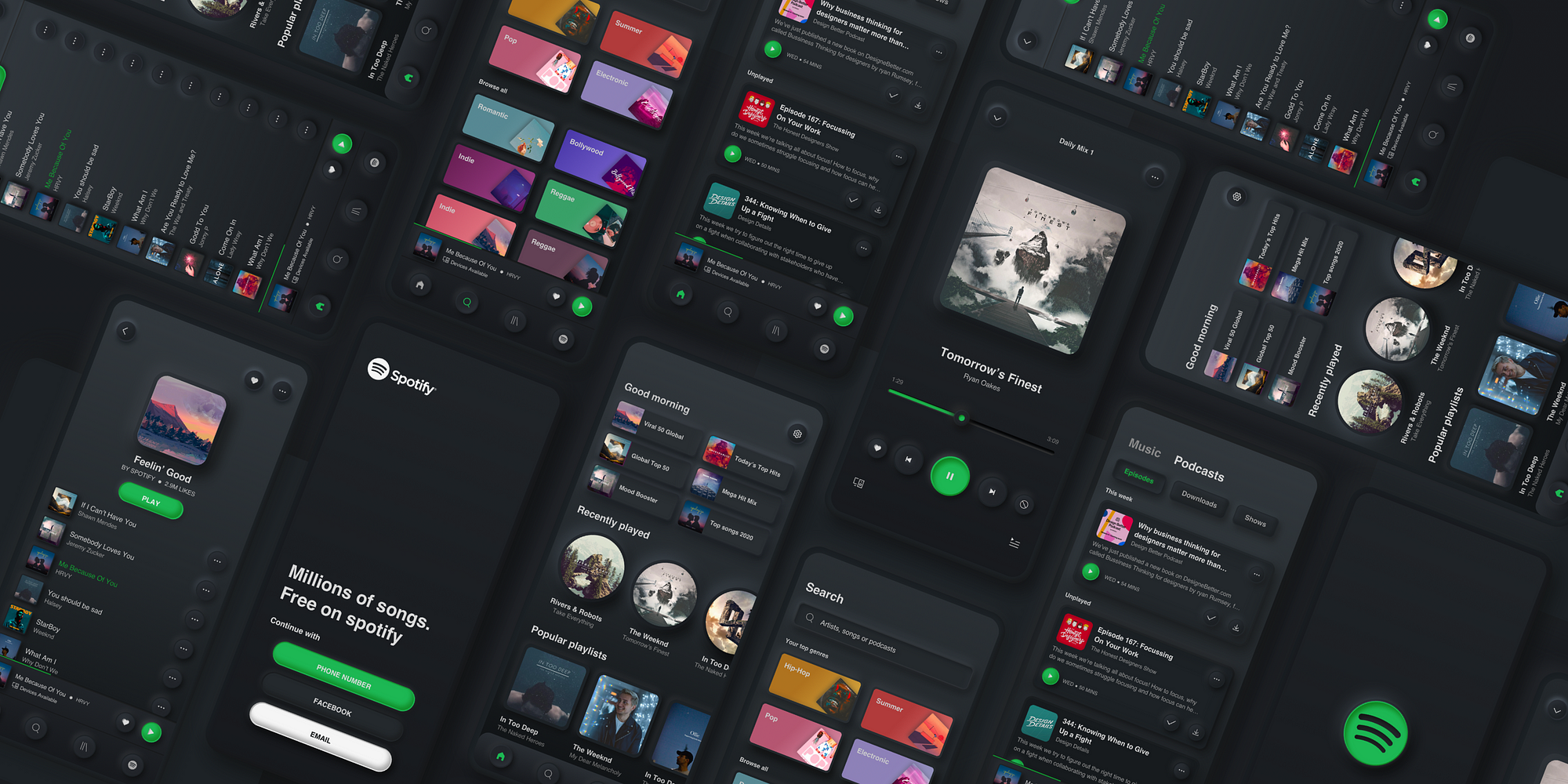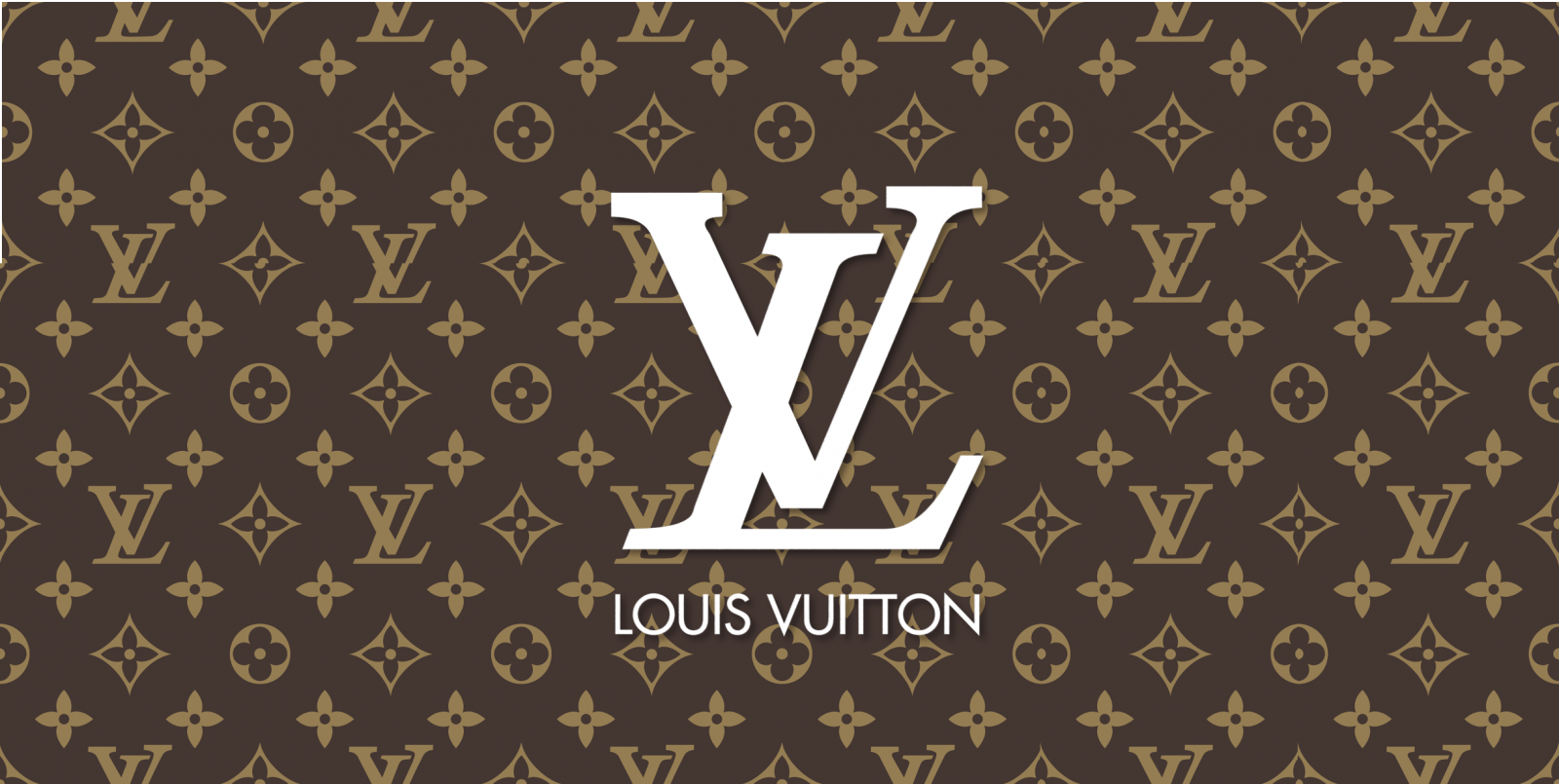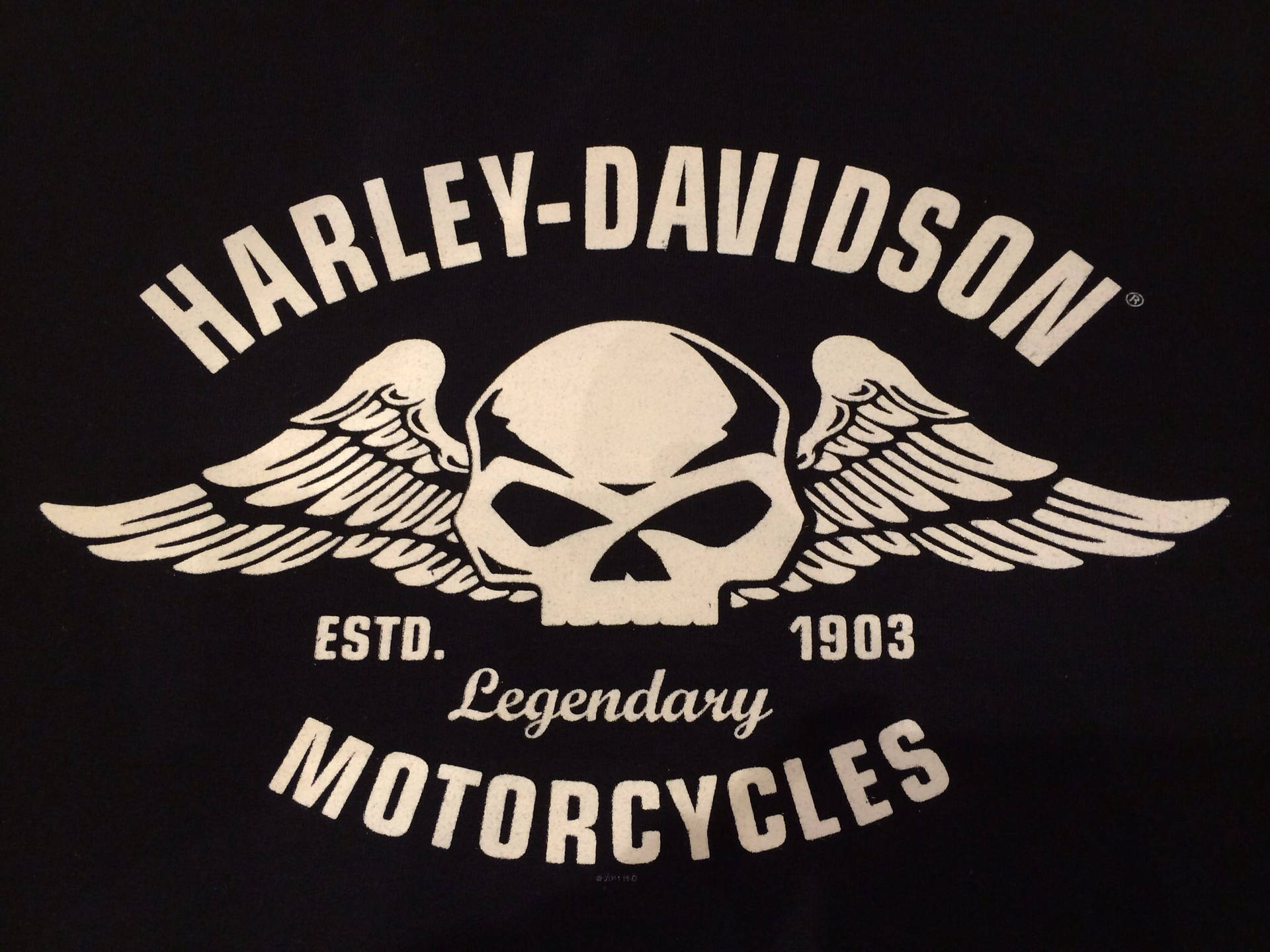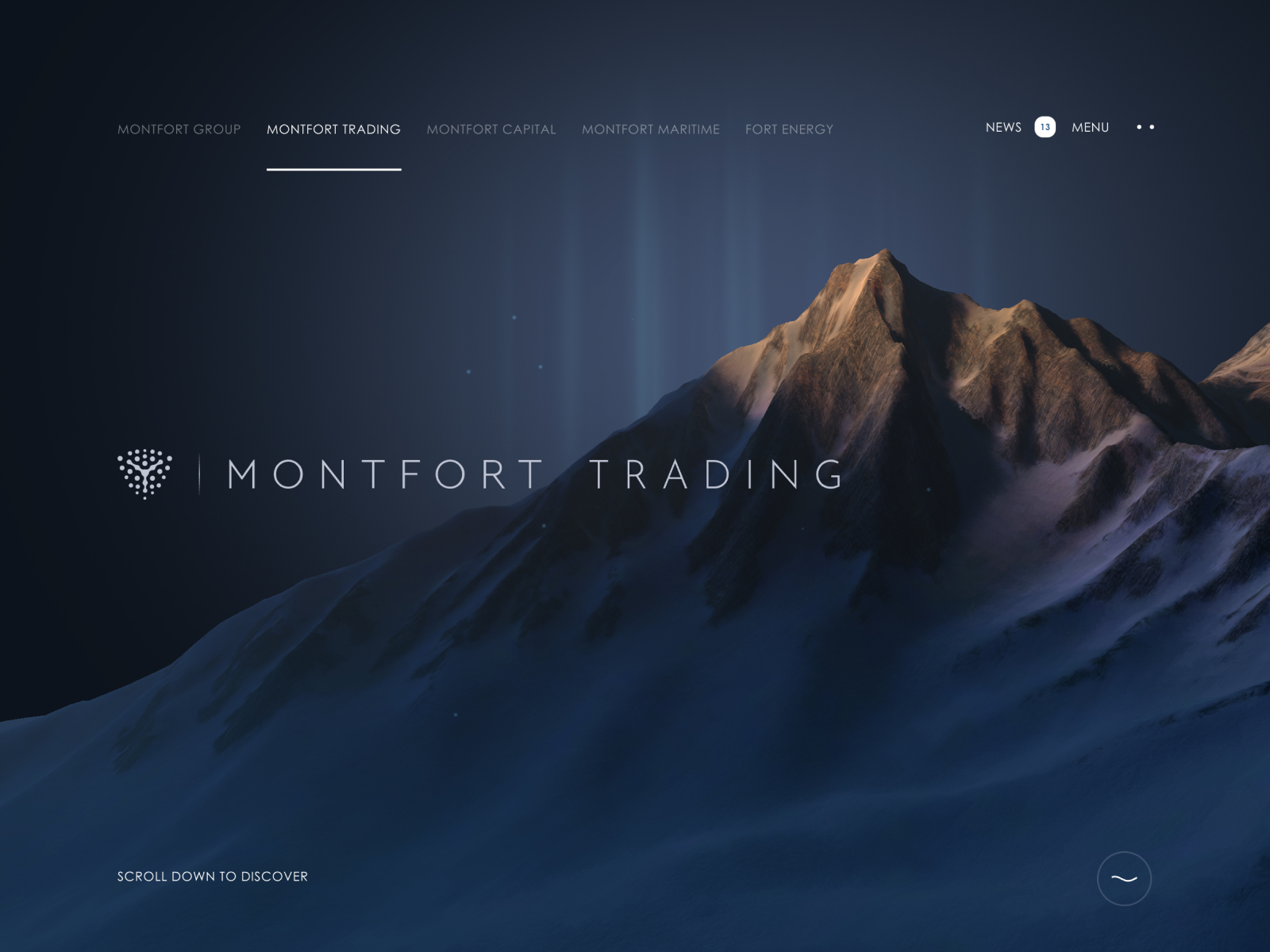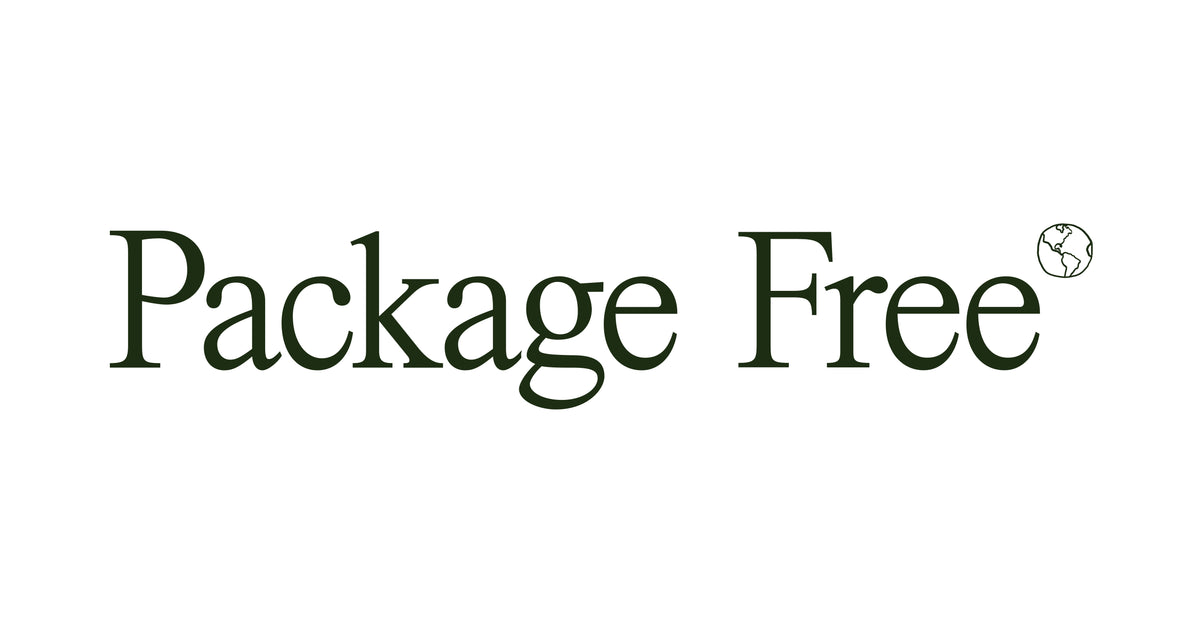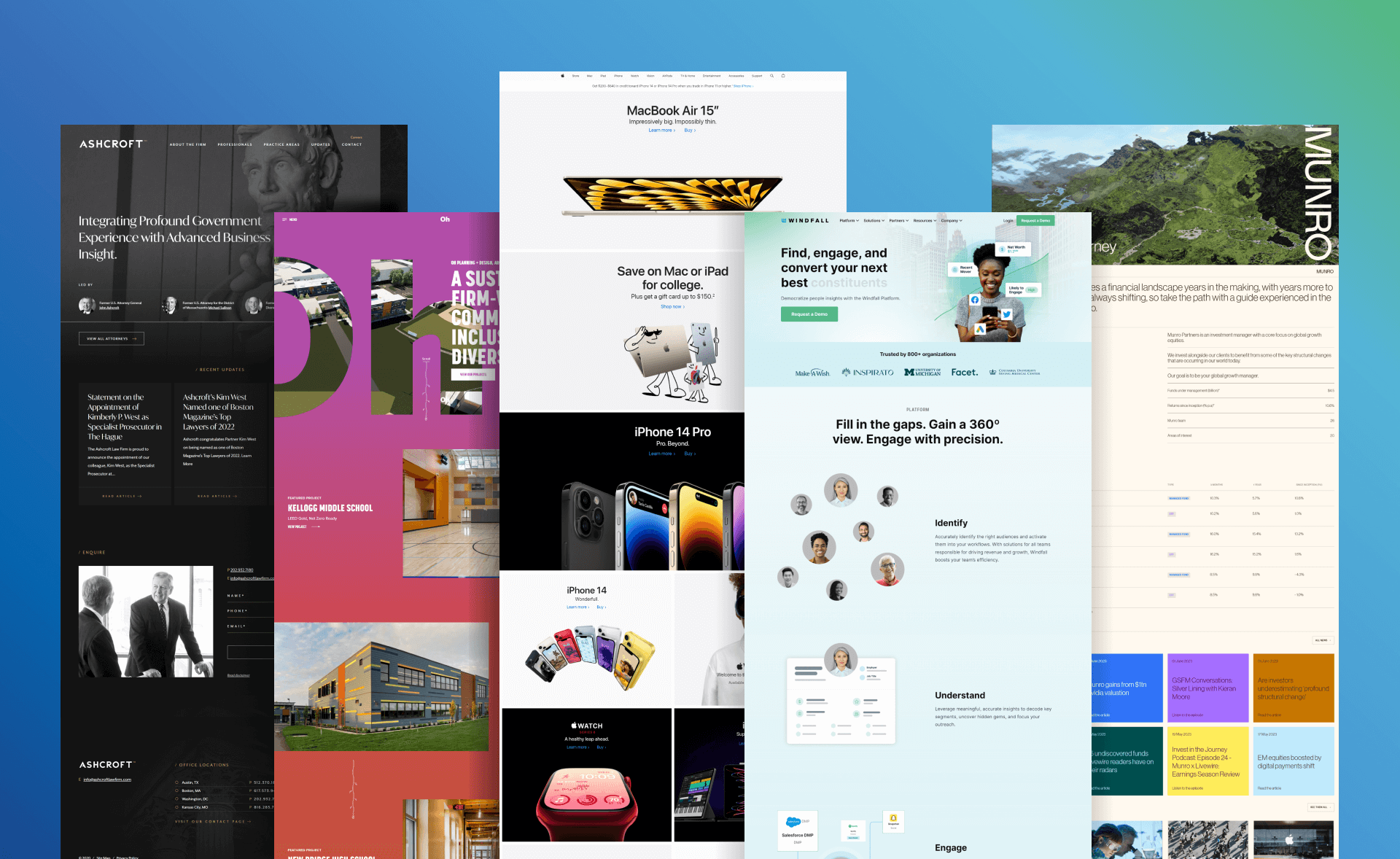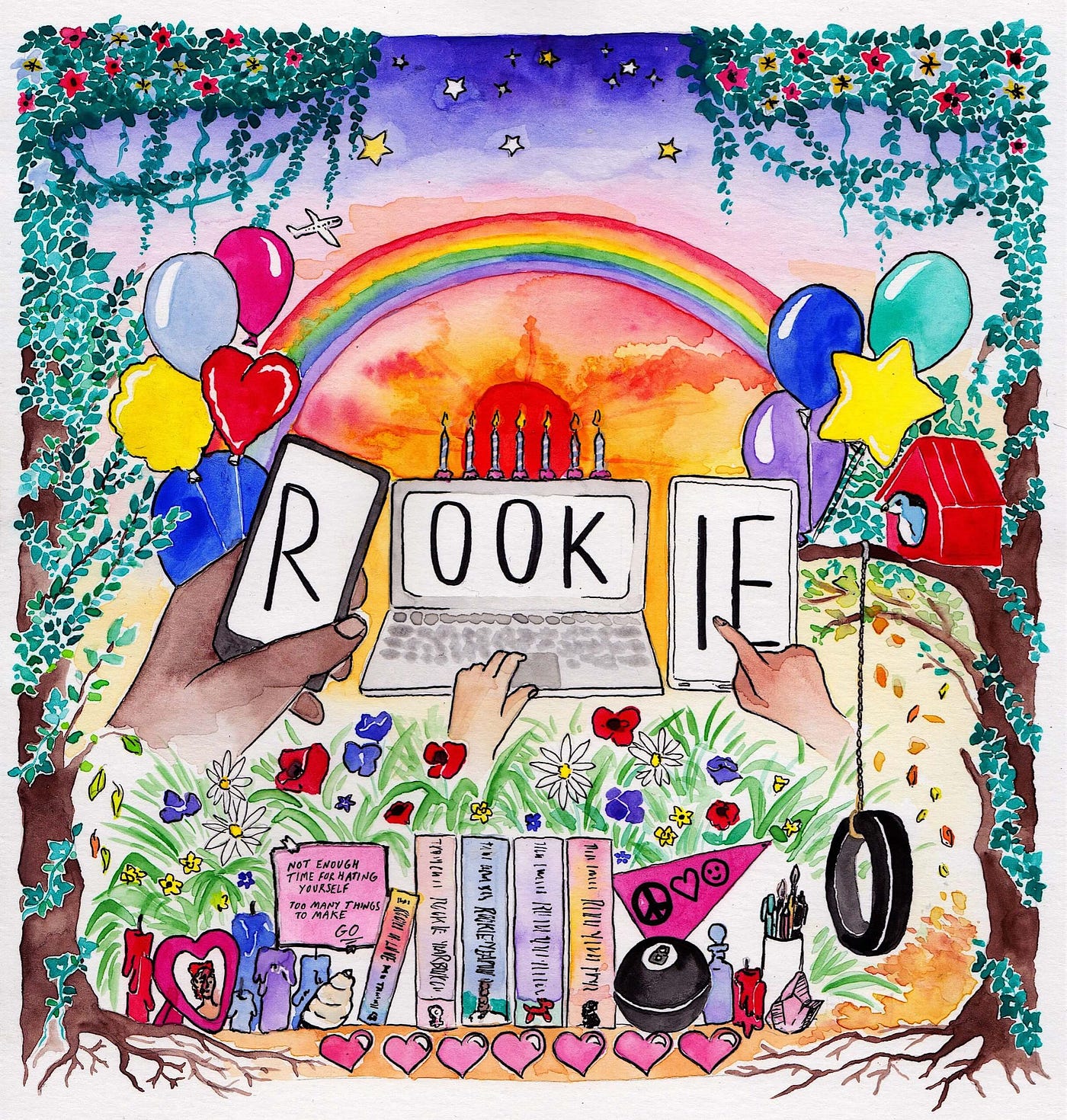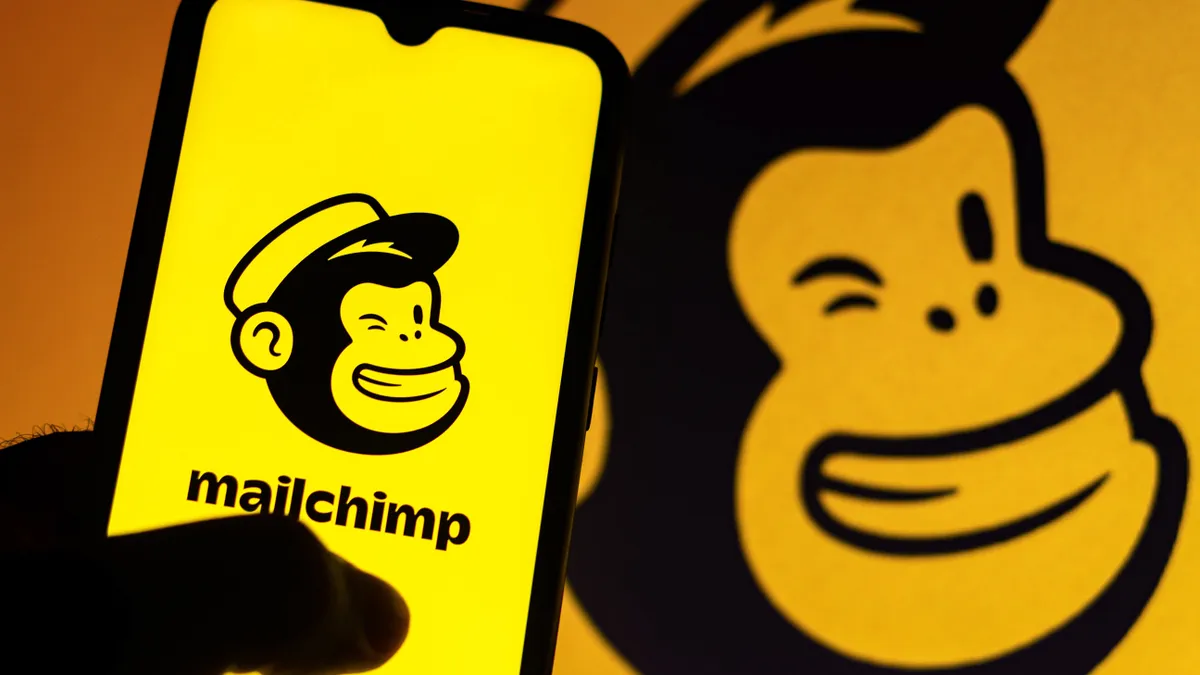14 Powerful Website Design Styles to Inspire Your Next Redesign
Choosing the right website design style isn’t just about staying trendy—it’s about aligning your visual identity with your brand’s mission, audience, and goals. Whether you want to make a bold first impression or create a clean, conversion-friendly experience, understanding your design preferences is key.
At Saltech Systems, our custom web design process begins with a style survey to help define the look, feel, and functionality of your new site. We often hear phrases like “I want something modern” or “I need it to pop.” While these are great starting points, they don’t always translate clearly into visual language.
That’s why we’ve compiled this comprehensive guide to 14 website design styles—so you can confidently express your vision and help us bring your dream website to life.
Branded & Unique Website Design Style
This style is perfect for businesses with a well-developed brand identity. It uses custom illustrations, typography, and imagery to create a one-of-a-kind digital experience.
Common Traits:
-
Personalized color palettes
-
Custom fonts and logos
-
Creative layouts
-
On-brand imagery and textures
Want to see this in action? Airbnb’s brand evolution is a great example of how unique identity shines through design.
Boho Web Design Aesthetic
Inspired by nature, freedom, and eclectic visuals, the boho style is relaxed yet intentional. Common in wellness and boutique eCommerce.
Common Traits:
-
Earth tones and natural textures
-
Handwritten or script fonts
-
Organic shapes and asymmetry
-
Floral and nature-inspired images
Etsy shops often showcase this earthy, artistic style.
Clean and Simple Website Layout
Minimalist websites focus on usability and simplicity. Ideal for tech, SaaS, finance, and healthcare industries.
Common Traits:
-
Neutral colors and limited palettes
-
Sans-serif fonts with large text
-
Grid-based layouts with white space
-
Fast loading times and intuitive navigation
Check out Google’s Material Design Guidelines to see how minimalism meets functionality.
Minimalist Website Design Style
Minimalist design focuses on clarity, usability, and essential content. While it shares similarities with clean and simple design, minimalist websites take it a step further—eliminating anything non-essential and allowing key content and visuals to shine.
Common Traits:
-
Monochrome or neutral color palettes
-
Sparse layouts with plenty of white space
-
All-caps or ultra-clean sans-serif fonts
-
No gradients, shadows, or complex textures
-
Emphasis on hierarchy and balance
A great real-world example is Apple’s website, where the clean, stripped-down interface puts the product front and center with minimal distractions.
Dark Mode Website Design Trend
Dramatic and sophisticated, dark mode is often used by brands in tech, media, or creative industries.
Common Traits:
-
Black or navy backgrounds
-
High-contrast white or neon text
-
Geometric layout and modern fonts
-
Transparent PNGs and moody photography
Spotify’s dark UI is a sleek, immersive example of dark mode done right.
Feminine Website Design Elements
Delicate and elegant, this design appeals to brands in fashion, beauty, and wellness.
Common Traits:
-
Pastels and soft warm colors
-
Script or serif fonts
-
Floral patterns or lace textures
-
Clean, symmetrical layouts
Glossier nails the feminine aesthetic with soft colors, minimal layout, and polished visuals.
Luxurious Web Design for Premium Brands
For high-end services and products, luxury web design communicates exclusivity and elegance.
Common Traits:
-
Rich colors like gold, black, or burgundy
-
Thin serif fonts
-
Professional photography
-
Generous white space and symmetry
Louis Vuitton uses refined design to elevate their online presence.
Masculine Web Design Aesthetic
Often seen in automotive, construction, and sports brands, masculine design is bold, strong, and grounded.
Common Traits:
-
Dark color schemes and earth tones
-
Heavy typography
-
Asymmetrical, bold layouts
-
High-contrast images and sharp edges
Harley-Davidson’s website exudes masculine energy and style.
Modern Website Design 
Modern sites blend minimalism with cutting-edge visuals and tech-forward design.
Common Traits:
-
Clean lines and modular grids
-
Motion graphics or scroll animations
-
Bold sans-serif fonts
-
Responsive mobile-first design
Awwwards features many inspiring examples of modern, trend-forward designs.
Organic & Natural Web Design Look
Perfect for eco-friendly or wellness brands, this style embraces sustainability and calm.
Common Traits:
-
Natural colors and textures
-
Rounded fonts and soft shapes
-
Nature-based imagery
-
Simple, breathable layouts
Package Free Shop is a great example of how clean, natural design can support an eco-conscious mission.
Professional / Corporate Website Style
A go-to for law firms, consultants, educators, and enterprises. Clean, clear, and credible.
Common Traits:
-
Blue, gray, or white color schemes
-
Structured, grid-based layout
-
Clear CTAs and service-based navigation
-
Stock or branded business photography
HubSpot’s UX design guide shows how to blend professionalism with great usability.
Unconventional Website Design for Creatives
Great for portfolios, musicians, and bold brands. This style breaks rules in the best way.
Common Traits:
-
Unexpected color schemes
-
Asymmetry and layering
-
Interactive elements or motion graphics
-
Experimental fonts
Brutalist Websites is a curated collection of rule-breaking creative sites worth browsing.
Vintage Website Design Inspiration
Nostalgic and classic, this style leans on retro colors and typography to build charm.
Common Traits:
-
Muted palettes like cream or burgundy
-
Script and serif fonts
-
Symmetry and grid structures
-
Vintage textures and overlays
Rookie Magazine’s old site is a throwback gem full of vintage flair.
Whimsical / Playful Website Design Ideas
Fun, lighthearted, and imaginative—perfect for kids brands, creative agencies, or entertainment.
Common Traits:
-
Bright colors and playful icons
-
Hand-drawn fonts or irregular shapes
-
Animated characters or interactive graphics
-
Surprising layout choices
Mailchimp uses subtle whimsy with just the right balance of creativity and professionalism.
Choosing the Right Website Design Style
When your web design agency asks, “What kind of websites do you like?”, your answer just got easier. By identifying specific styles, fonts, colors, and imagery that appeal to you, you’ll help your design team build something that doesn’t just meet expectations—it exceeds them.
Ready to Build a Website That Fits Your Style?
At Saltech Systems, we don’t believe in cookie-cutter websites. Every layout, font, and color is intentional—and built around you. Our design team specializes in creating websites that communicate your brand, resonate with your audience, and drive results.
Start your project today and let’s bring your dream website to life.
